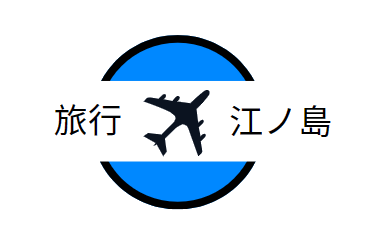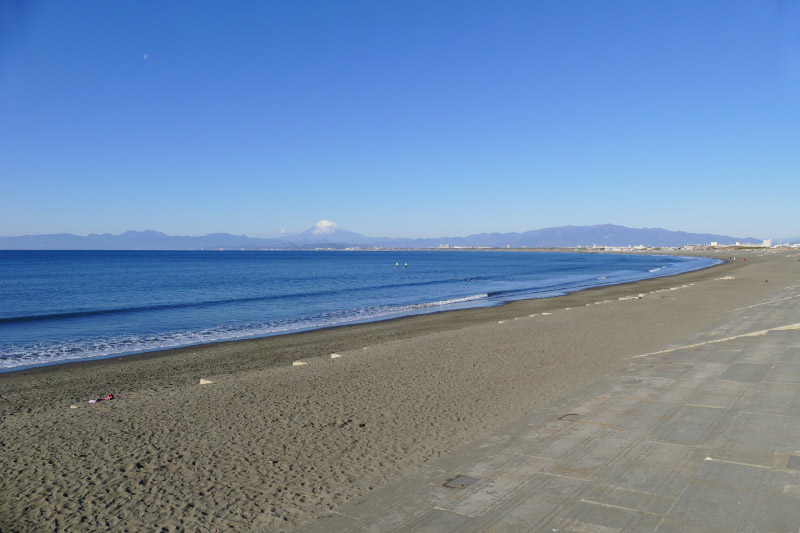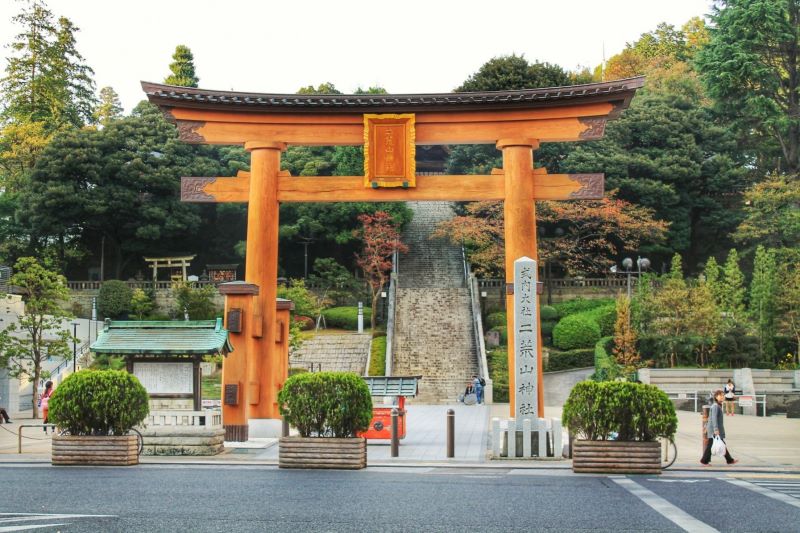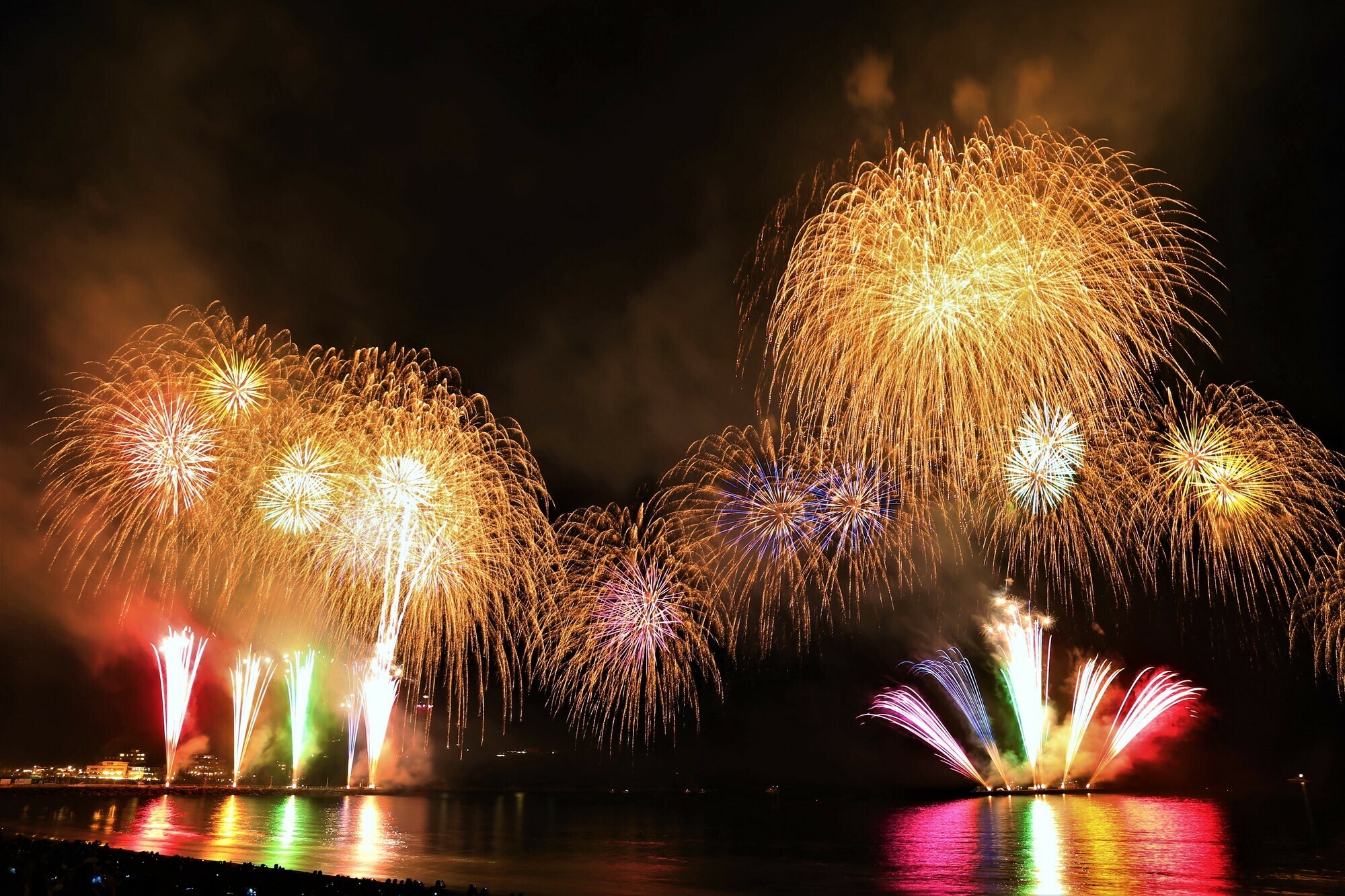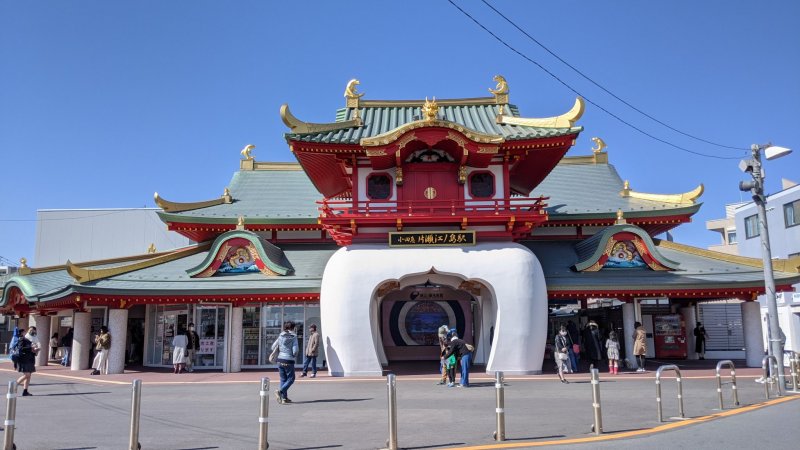寺社仏閣の花あふれる町、長谷

長谷は大仏や長谷寺で知られる鎌倉市の西にありますが、本当に見るだけでいいのでしょうか?私たちは「足りない!」と言います。なぜなら、この小さな町には、美しい季節の花で知られる場所がたくさんあるからです。
長谷町観光ガイド
どこに行くべきか、何をすべきか?
- 6月と7月には美しいアジサイの花が見られます
- 大仏を見る
- 長谷寺で本物の日本庭園を鑑賞
- 鎌倉文学館のバラ園を見る
- 和風・洋風の古民家を見る
- 地元のお菓子や海産物を食べる
- 夏は水遊びや水泳
- 特におすすめなのは…あらゆるタイプの旅行者
どこまで?(江ノ電長谷駅より徒歩)
- 御霊神社まで6分(370m)
- 長谷寺まで6分(320m)
- 高徳院(別名鎌倉大仏)まで10分(560m)
- 鎌倉文学館まで15分(800m)
無料Wi-Fiスポット
- 長谷駅・由比ヶ浜駅(※小田急Free Wi-Fi)
- 長谷駅前広場(公共空間)
- 鎌倉オルゴール堂 [鎌倉オルゴール堂] (ショップ /長谷寺近く)
- 長谷寺(※Japan Connected-free Wi-Fi非対応)
緊急の場合はこちらのページをご覧ください。
長谷駅
駅周辺には鎌倉大仏や長谷寺などの観光スポットが数多くあります。そのため、年間を通して日中は旅行者で賑わっています。

長谷寺

長谷寺は、鎌倉を代表するあじさいなど季節の花の名所のひとつです。
創建は736年(奈良時代)と伝えられ、この地域で最も古い寺院の一つです。
この寺院は、足利尊氏、足利義満、徳川家康など時の権力者の庇護を受けて古くから修復・改修が行われてきました。
- 【営業時間】 8:00~16:30(16:30)※(3月~9月は17:00まで)
- 【入場料】 12歳以上400円、小人200円
- 【車椅子での移動】下境内・庭園のみ可能
- ※館内は撮影禁止です
- 長谷駅から徒歩6分(320m)
- 公式ウェブサイト

定期券をお持ちの方は、入場券を購入する際に忘れずに窓口で提示してください。長谷寺のお土産がもらえるから!
(のりおりくん、江の島鎌倉フリーパス、鎌倉江の島パスなどがご利用いただけます。)

長谷寺の境内は上地区と下地区に分かれています。
下層エリアには、入口、二つの池を備えた広い日本庭園、枯山水式枯山水庭園、弁天窟、ユニークな微笑みを浮かべる仏像「なごみ地蔵」といくつかの建物があります。

この庭園では、四季折々の花を見ることができ、常に何らかの花が咲いていると言われる花の名所としても知られています。のような…
- 春 – 桜、ホールクラブアップル、牡丹、つつじ、木蓮
- 夏 – アジサイ、アイリス、ユリ、サルスベリ
- 秋 – 萩、桔梗、彼岸花、紅葉
- 冬 – サテライトフラワー、ツバキ、カリン、スモモ


上段と下段の間には小さな地蔵堂の建物と庭園、卍形の池があります。建物の周囲には数千体の小さな地蔵が安置されています。地蔵堂の参道の右側に可愛らしい小さなお地蔵様が安置されています。
上部には観音堂、阿弥陀堂、経蔵などの主要な寺院建築が建ち並びます。美術館、展望テラス、レストラン、有名な「あじさいの山道」もございます。また、これらの建物の周囲では4月には美しい桜が見られます。


本堂観音堂内には長谷寺の本尊である高さ9.18メートルの長谷観音像が安置されています。正式名称は「十一面観音像」といい、721年に楠の大木を彫って造られたといわれています。当時、その木から2体の観音像が作られました。一つは奈良の長谷寺に祀られ、もう一つは願いを込めて海に沈められました。天平勝宝2年(736年)、現在の横須賀市沖の海中に水没像が現れ、この地に祀られました。
経蔵館には経典を収めた回転式の棚があります。
一度回転させると、棚に収められた経を全て読んだのと同じ功徳が得られると言われています。ただし、棚を回転できる日は毎月18日と年明け3日間、4月8日と8月10日のみと決まっています。

「あじさいの山道」は40種類以上のあじさいの花の中を歩くことができ、観光客に大人気です。6月、7月の繁忙期には入場までに3時間以上待つこともある。


長谷寺は、8月と紅葉の時期に行われるライトアップイベントでも知られています。8月下旬に開催される「長谷の灯り」サマーイルミネーションイベントと11月中旬~12月上旬に開催される「 紅葉庭園イルミネーションイベント」の詳細情報と写真はこちらから。


鎌倉大仏

この町の有名な観光スポットの一つが鎌倉大仏としても知られる高徳院です。 1252年に建立された高さ13.4メートル(台座含む)、総重量121トンの仏像は、日本の国宝の一つです。
- 【営業時間】 8:00~17:00(17:00)※(4月~9月は17:30まで)
- 【入場料】 13歳以上300円、6歳~12歳未満150円、
大仏内拝観料20円。 - 【車椅子での移動】可
- 長谷駅から徒歩10分(560m)
- 公式ウェブサイト

※珍しい写真のため、2016年の改修工事時に撮影した写真を一部使用しております。すべてがクリアになり、障害物はなくなりました。
この高徳院の創建年は不明ですが、古文書には1238年に大仏造立が始まったという記録が残っています。
木造大仏は1242年に完成間近だったという記録もあり、その後銅造で新たに再建されたのが現在の仏像です。

像は奈良に建てられた当初と同じ建物の中に保管されていました。しかし、1300 年代から 1400 年代にかけて数回の嵐と地震に見舞われ、建物は倒壊しました。すると、今のように太陽の下に飾れる状態になりました。像の周囲には建物の基礎の敷石が所々に残っています。

大仏像の内部に入って拝観することも可能です。したがって、像の背面には室内照明用の窓があります。
カールしたメンズパーマを散りばめたような髪の粒は「ラホツ」と呼ばれ、全部で656個あります。

像の右手の建物には巨大な草鞋が展示されています。この草履は長さ1.8メートル、幅0.9メートルで、茨城県常陸太田市の町内会が3年ごとに製作し寄贈している。

光則寺

光則寺は鎌倉屈指の「花の寺」として知られ、静寂な雰囲気の中、一年を通して四季折々の花々を見ることができます。特に本堂前に植えられている樹齢200年といわれる堂堂の木と、園内にある200種類を超えるあじさいは有名です。この寺は、1274年に宿屋光則(鎌倉幕府第5代権力者北条時頼の重臣)が自宅を改修して創建したものです。本殿は1650年(江戸時代)に再建。境内には、かつて日蓮の弟子を幽閉した牢獄として使われていた洞窟がある。

- 【営業時間】 7:30~日没
- 【入場料】 100円(15歳以下無料)※入場券は入口中央の赤い木箱に入れてください。
- 【車椅子での移動】可能ですが入場ゲートに段差がございます
- 長谷駅から徒歩7分(425m)
御霊神社

御霊神社は長谷町の山側、線路脇にある神社です。ここは、近年江ノ電でも人気のあじさいのお花見スポットです。6月から7月にかけて、旧トンネルを抜けると線路の両側にアジサイ並木が続きます。境内のすぐ前に小さな踏切があり、そこが神社の正門となります。御霊神社は、数年前に日本のテレビドラマにも登場し、今では女性を中心に人気の撮影スポットになっています。


さまざまな神様を模した面をかぶった男たちが町内を練り歩く奇祭「面掛行列」で知られるこの御霊神社は、毎年9月18日に行われます。この古い面は1768年に再製作されたもので、通常は境内の資料館で見ることができます。
- 【拝観時間】境内は終日拝観可能
- [入場無料
- 【車椅子での移動】可能ですが入口に段差がございます
- 【開館時間】 9:00~17:00(17:00まで)
- 【美術館入館料】大人100円
- 長谷駅から徒歩6分(370m)
古い家

長谷町は、明治・大正時代、鎌倉の別荘地として王侯貴族、政治家、軍人などに人気がありました。そのため、和洋問わず古い建物や家屋が数多く保存されています。これらの建物や住宅の多くは、旅館として、子どもたちの遊び場として、個人の住居として、今も大切に使われ続けています。


鎌倉の人気バラ園

長谷寺から歩いて10分ほど、森の中に古い洋館があります。
鎌倉文学館です。
- 【営業時間】 9:00~16:30(17:00)※(3月~9月は17:00まで)
- 月曜休館(祝日の場合は開館)、12月29日〜1月3日および展示替え作業期間あり。
- [入場料]
- 大人300円または500円、
小・中学生100円または200円。
- 大人300円または500円、
- ※期間中に開催される展覧会により入場料が異なる場合があります。
- ※館内は撮影禁止です
- 長谷駅から徒歩15分(800m) / 由比ヶ浜駅から徒歩8分(460m)
- 公式サイト(日本語のみ)
この邸宅は、前田利成(江戸時代の加賀藩主の子孫)の別邸として1936年に建てられ、1983年に鎌倉市に寄贈され、その後改修工事を経て1985年に文学館として開館しました。 。川端康成、大佛次郎、里見とん、小林秀雄、夏目漱石、島崎藤村、芥川龍之介、太宰治など、鎌倉とゆかりのある文豪たちの資料や資料を展示しています。


この美術館は美しいバラ園でも知られています。見頃の時期は年に2回、5月中旬~6月中旬と10月中旬~11月中旬です。満開の時期には、朝の開園直後から多くの観光客で賑わいます。
鎌倉最古の神社

長谷町の中心部から鎌倉文学館に向かう途中、家々の間にひっそりと佇む神社がある。この甘縄神明神社は鎌倉最古の神社と言われています。710年に創建され、源氏との関わりも深い。特に源義家(鎌倉幕府2代将軍)は、父親が「子供を授けたい」と祈願して誕生したと伝えられています。神社の近くには、ノーベル文学賞を受賞した小説家、川端康成が住んでいた家もあります。
鎌倉のメインビーチ

長谷の町を海に向かって歩いていくと、広くて長い砂浜が広がります。ここは由比ヶ浜海岸[由比ヶ浜海岸]と東に隣接する材木座海岸[材木座海岸]と並んで鎌倉のメインビーチです。夏には海水浴場となるため、多くの観光客で賑わいます。
